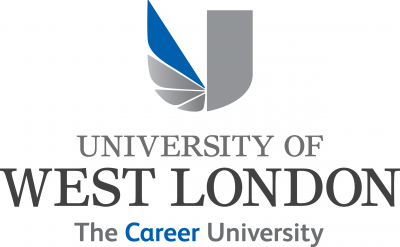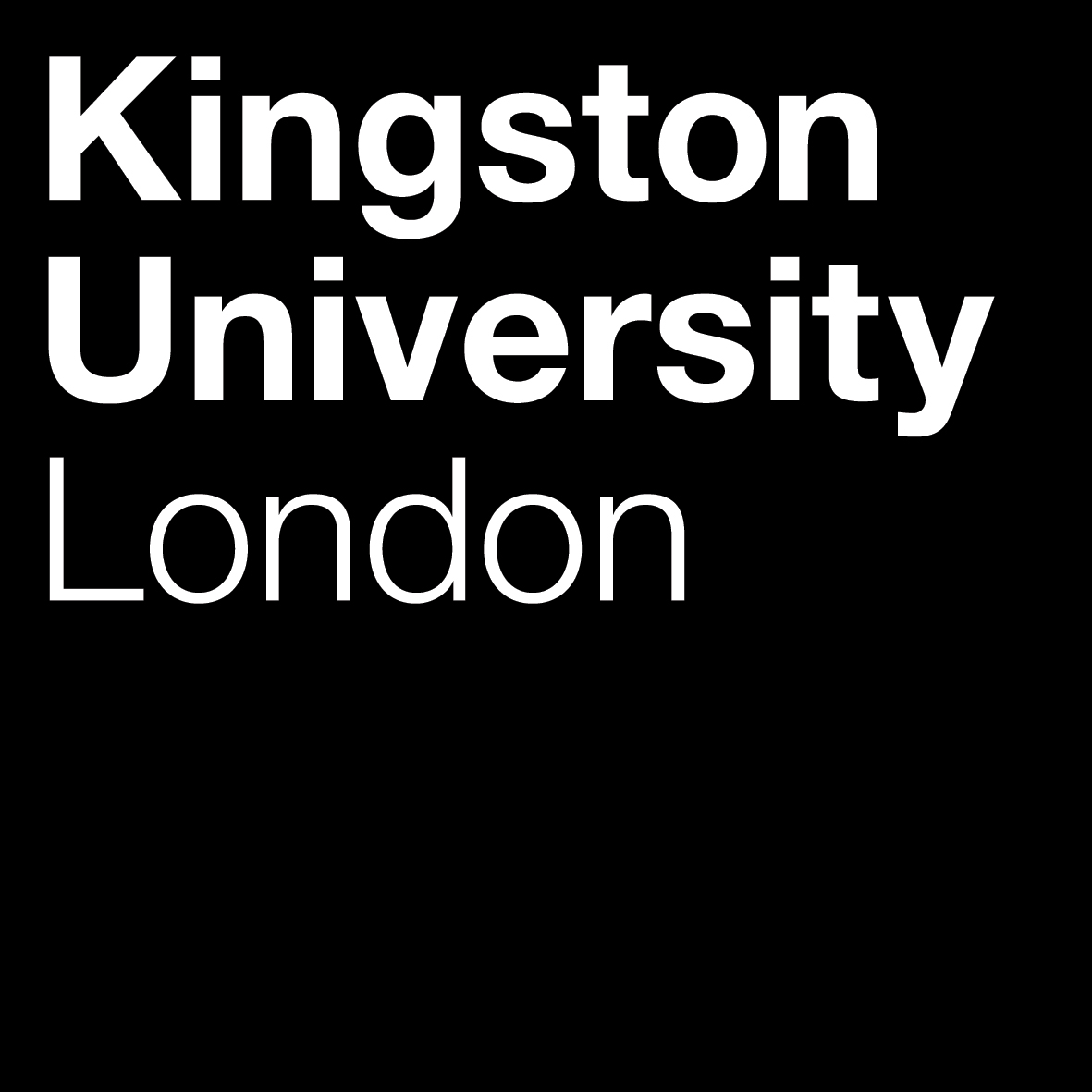1st February, 2023
Transitioning Beyond Academia
Dr Gemma Outen
29th March, 2021
Dr Mark Gray Pro-Vice Chancellor & Director, Knowledge Transfer, Middlesex University
I want to offer a personal perspective because, as we move through this event, we may forget – with the allusions to strategy, sector environment, policy imperatives and the (very odd) characteristics of this last year – that the Knowledge Exchange Framework is, ultimately, driven by people. Individuals like you and me. And if it is to be of benefit outside of academia and Research England it has to serve people for whom all of that context means very little. So I am going to offer some reflections on what engagement with KEF meant for me, what it felt like and what I hoped for when I engaged with it – not, obviously, as a summary of what I think everyone else felt and hoped for, but as a hook on which to hang your own reflections.
I’ve been doing KE in one form or another since, as a callow lecturer in 1986, I first dipped a toe in the water of contract research. Back then the work I was doing (building an econometric model for a commodities trading private dealing house in London) was thought to be desultory. It raised some revenue for my department and research group, it even produced a paper, but nobody – including me – thought very much about the impact of the work, about the creation of added value in the City of London from the new knowledge, or frankly valued the revenue. It wasn’t dismissed, but it merited mention in my research group’s annual report almost in parenthesis.
Today I am on the other side of the fence, assisting colleagues to make more KE happen. Just this month I’ve been working on commercialising a medtech product that will save lives, I’ve signed off contracts for research that will contribute to policy changes in transport and in social care, and I’ve been at the birth of a new CPD programme that will, I think, transform nursing professional development. How do I feel about that? Inspired by what my colleagues are doing, convinced of the need to engineer maximum benefit, experienced enough to know where the risks are to be found.
How, though, does the experience of KE work I had in 1986 differ from experience of the same sort of work in 2021, the year of KEF?
Well, in three ways I think:
So, back to the KEF.
Given this evolution, what did the KEF feel like? I want to share four reactions I had to it.
My first reaction was that it was a signal of the maturity of KE as a function of the university. It confirmed that the journey I’d be on since 1986 was somehow valid. That confirmation was enhanced by the simple fact that the three-letter acronym ‘KEF’ sounded an awful lot like TEF and REF. That helped others recognise that maturity too. Remember that back in the 1990s we were still calling KE ‘third stream’ – it was as if it were a vice that couldn’t be mentioned in polite society. This ‘coming of age’ certainly seems important to me: as KE practitioners I have always felt that we have to use the KEF to celebrate the embeddedness of KE, as it were, as much as its triumphs.
My second thought was that the metrics we were asked to use to characterise KE opened up more questions than they answered. I’ve long felt that the HEBCI data used in formula allocation for HEIF and published on the HESA website doesn’t actually represent ‘HE-business and community interaction’. For example, I can report learner days of CPD taken by people in industry for short courses, but if my colleagues co-design an open modular industry-focused MSc with people from the same industry I can’t regard enrolments to that programme as KE. As KEF progressed in evolution this irked even more. In the final proposals there was reference to ‘co-authored papers’ as a signal of interaction. Why? In research intensives with a science park, Prof Bloggs might simply write her next paper with her research co-authors as ‘Prof Bloggs, Chief Scientific Officer, Bloggs Inc.’ – same person, same output, no gain. Things like this irked because we were now using the data we collected to define the thing we did. I thought as KEF arrived, and even as I wrote those narratives, that we need to draw back from assuming the fact of data means the possibility of comprehensive description.
My third thought crystallized while writing those narratives – the institutional context and public and community engagement ones in particular. The guidance asked us to focus on what we did particularly (possibly uniquely) well; it also asked us to be clear about targeting. Who were the beneficiaries of our KE? How did we construct connections and maintain them? These are – as I said earlier – a feature of a mature KE. But the narrative guidance raised in my mind the issue of whether we were all yet in a position to do the focusing – were we rejecting KE opportunities? I found that my instinct remains, wherever possible, to do the work so long as it is ethical, impactful, revenue earning and exciting. For some institutions the maturity of KE may mean that they are saying no; I find it difficult because of the happy propinquity of much new KE and intriguing avenues of research and impact or benefit. Are we all yet at the stage of refining our KE strategies to exclude? I’m not sure.
My fourth and final thought is a throwback to 1986. Remember my work for that commodities dealing house meriting a parenthetical mention in the research group’s report? I felt when authoring the narratives that I now operated in a scholarly community in which what I said about KE at my institution would matter to people. My researcher colleagues value it, they would therefore value (and weigh) what I said about it. That gave me pause for thought in the writing, certainly, but it also did something else. It made those narratives as important to my institution’s sense of itself as the REF 5a Institutional Environment Statement (which, incidentally I’ve also been authoring). Both, I think, will in the years to come move to being even more community documents – statements that are written collaboratively not just through review and revision, but anxiously considered as statements of direction and intent by people who care about what they say between KEF exercises.
All in all, then, KEF has been – for me at least – a thought-provoking experience, and I suspect it has been for everyone else involved in it too. Most of those thoughts, I should emphasise, are positive.
You've been waiting for it and our May newsletter is here! -> bit.ly/3M9ICG6 pic.twitter.com/Iug9eWimQQ





